Sure, most of the magic conjured by the world’s best players is in their hands, but obviously their gear is a huge deal, too—because they’re still pretty particular about what they play. So take a break from honing your own chops for a bit, and check out what your heroes use to conjure their amazing tones. Who knows, maybe it’ll help you rethink how you approach your music and give you some ideas for how to improve your own rig. Or just sit there and lust after all the cool stuff. Either way works.
Here we’ve compiled our top Rig Rundowns with some of the most badass bass legends on the planet:
Red Hot Chili Peppers' Flea
Roger Waters
Mr. Big's Billy Sheehan
The Mars Volta's Juan Alderete
Cheap Trick's Tom Petersson
Red Hot Chili Peppers' Flea
PG's Rebecca Dirks is On Location in Rosemont, IL, at the Allstate Arena where she catches up with Tracy Robar, tech for the Red Hot Chili Peppers' bassist Flea. In this Rig Rundown, we get to see what Flea is currently using on the I'm With You Tour, which includes Modulus Basses, Gallien-Krueger amps and cabs, GHS Strings, and various pedals from MXR, Malekko, Moog, and Electro-Harmonix.
Basses
Flea relies on his main Modulus bass for the majority of the set. It's outfitted with a Modulus Lane Poor pickup, which is no longer in production, an Aguilar preamp, and a Leo Quan Badass bridge. He keeps his knobs taped at his preferred settings (bass almost full up, treble rolled off) and only uses his volume knob live. The Modulus has a graphite neck that allows Robar to set Flea's action very low and Flea uses his signature set of GHS Boomers (.105 - .145).
In addition, he uses (left to right) a Modulus bass with custom Aboriginal finish and a Seymour Duncan pickup that's tuned to Drop D for "By The Way," a Modulus bass with the Aboriginal national flag with the controls built into a cavity on the back (only an on/off switch on the face) tuned down a half-step for "Breaking the Girl," a Chinese-made Flea Bass with custom Damien Hirst spin-art finish, his main Modulus, a backup Damien Hirst-painted Flea Bass, and a Fender P-Bass that isn't used live. Far left is a Fender Bass VI used by Josh Klinghoffer on "Happiness Loves Company" while Flea plays piano. In the gig bag is a five-string Modulus used for "Funky Monks."
Amps
Flea uses three Gallien-Krueger 2001RB amps, one controls the other two as slaves. The amps run into three Gallien-Krueger 410 cabinets and three 115 cabs, all running. There are two additional 2001RB amps in the rack, one is used when Klinghoffer plays bass, and the other is simply a backup.
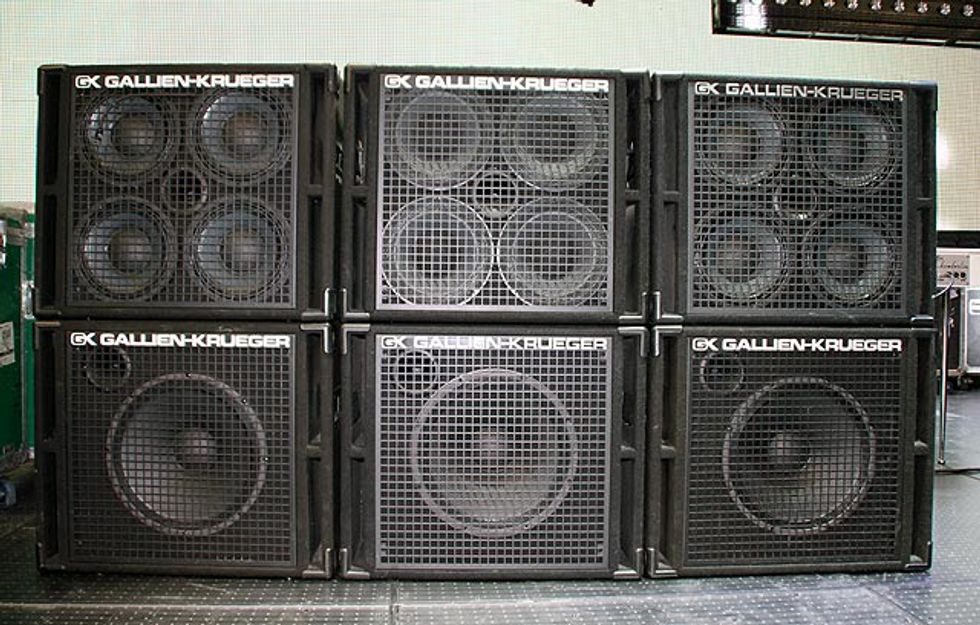
Effects
Click here for a photo gallery with more detailed pictures of Flea and Josh's touring gear.
Roger Waters: The Wall Live
Basses
Amps
Effects
Mr. Big's Billy Sheehan
Basses
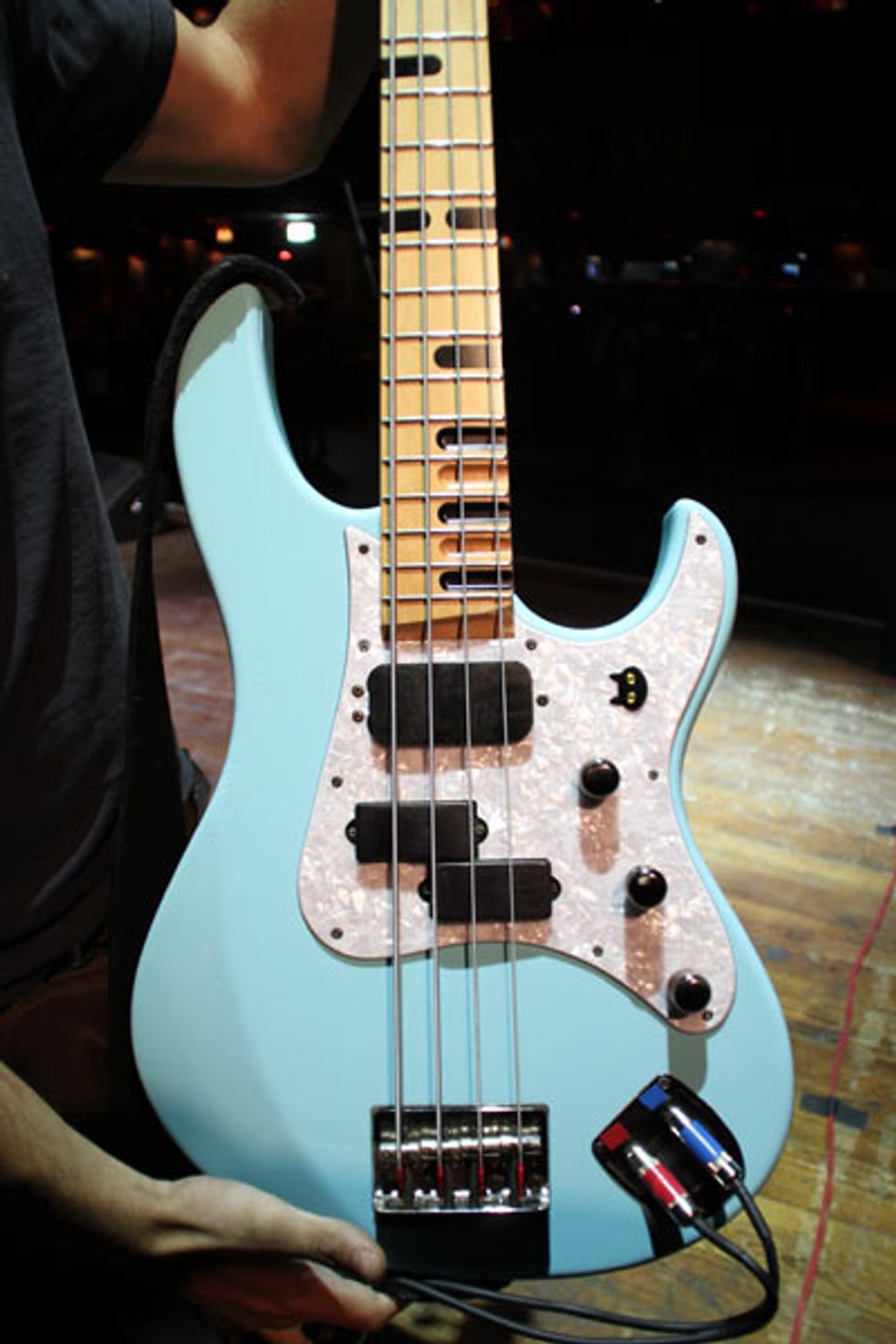
Sheehan uses his Yamaha Billy Sheehan Attitude bass on tour. He's currently using the third version, which has a specially-designed new neck pickup. Each pickup has its own output and separate Line 6 wireless units. The bass also has a deep neck joint that attaches at an angle. The guitar's body is made of artificially aged wood. As with all of Sheehan's basses, it has a Hipshot D Tuner. He uses a custom set of Rotosound strings gauges 43 - 110.
Amps/Rack
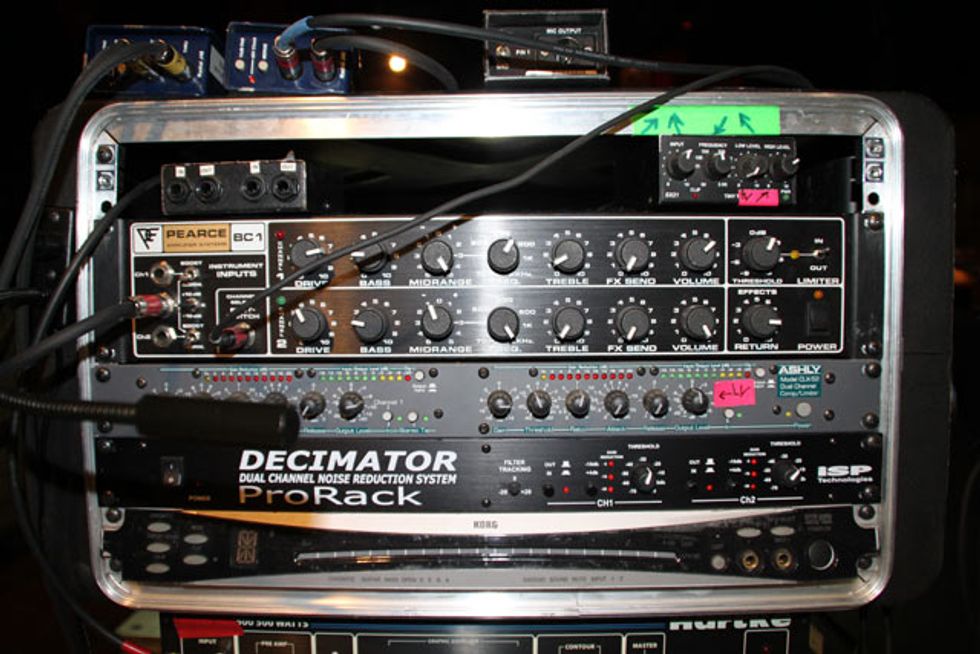
Sheehan uses a Pearce BC1 preamp, though he says he only has three left before "that's the end of it." He uses it for distortion and clean. He uses the Ashly Audio compression unit on the clean side of the Pearce, as well as on the Hartke LH1000 for his low end. In addition, he uses the ISP Decimator ProRack.
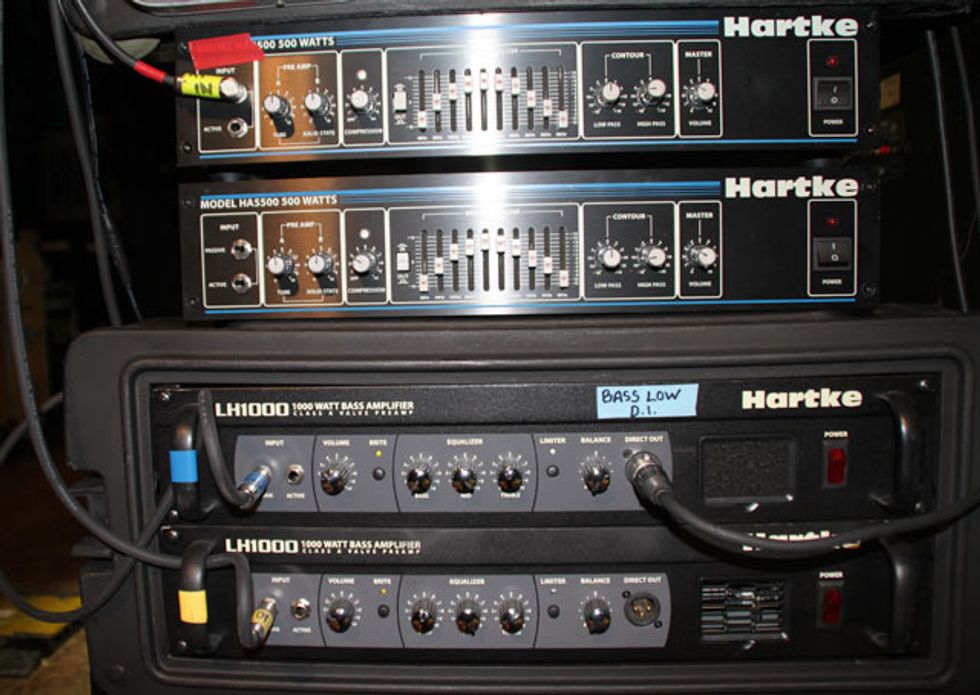
The signal comes out of the Pearce preamp and splits via the neck or bridge pickup into a LH1000 for low end and an LH1000 for pedals, as well as an HA5500 for his high end.
Effects
This pedalboard is basically similar to Taurus pedals in a different format that trigger a Roland SonicCell.
The Mars Volta's Juan Alderete
Basses
Amps and Cabinets
Effects
Cheap Trick's Tom Petersson
Basses
Amps and Effects


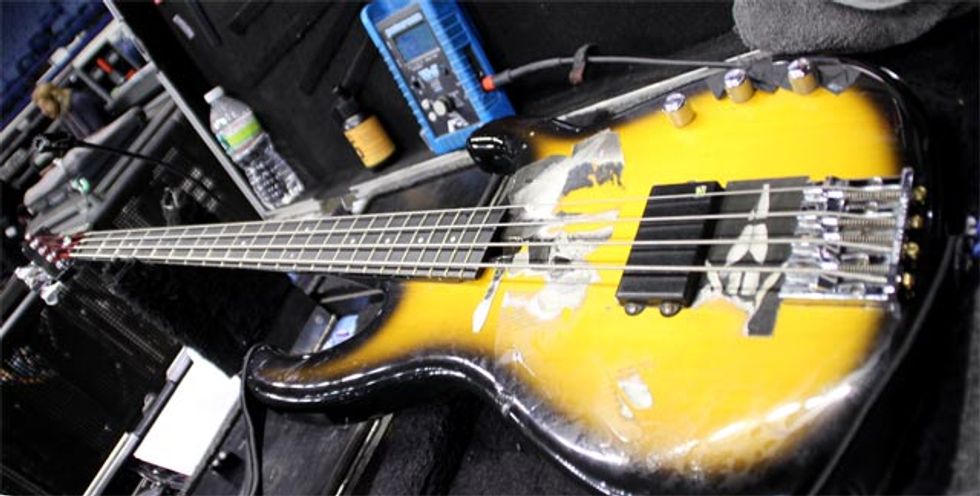
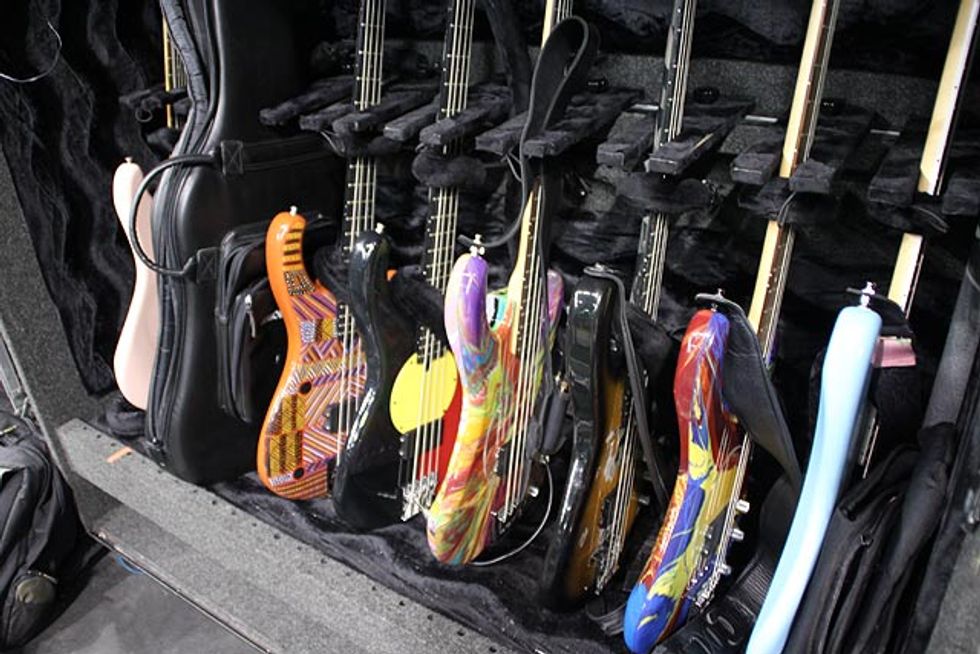
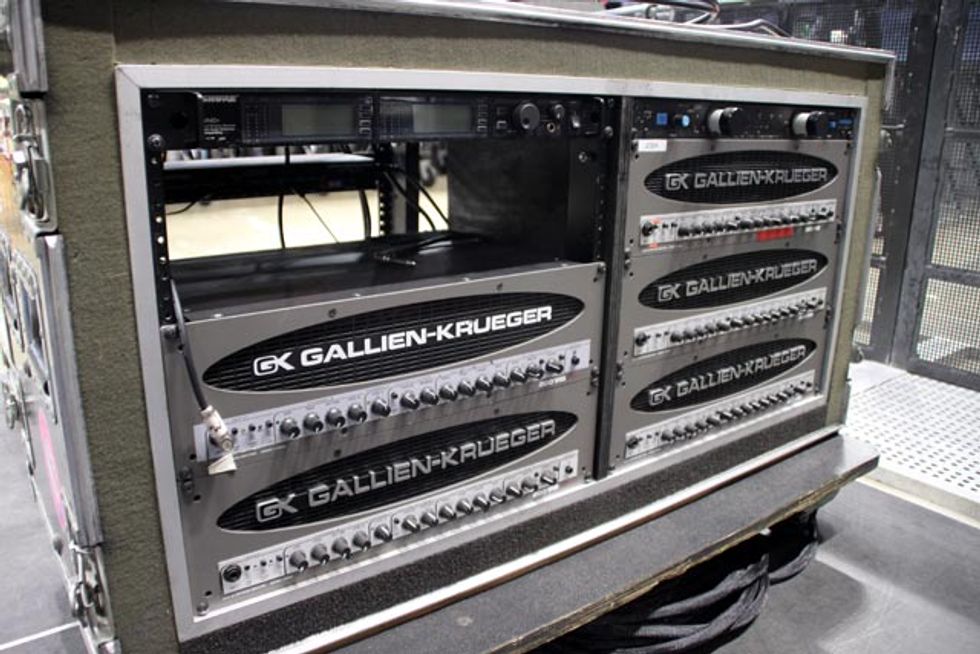
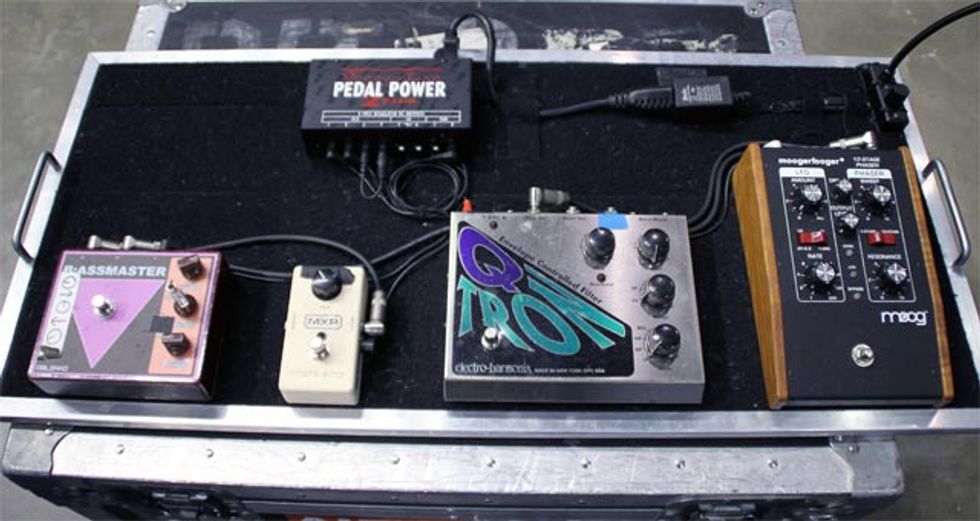
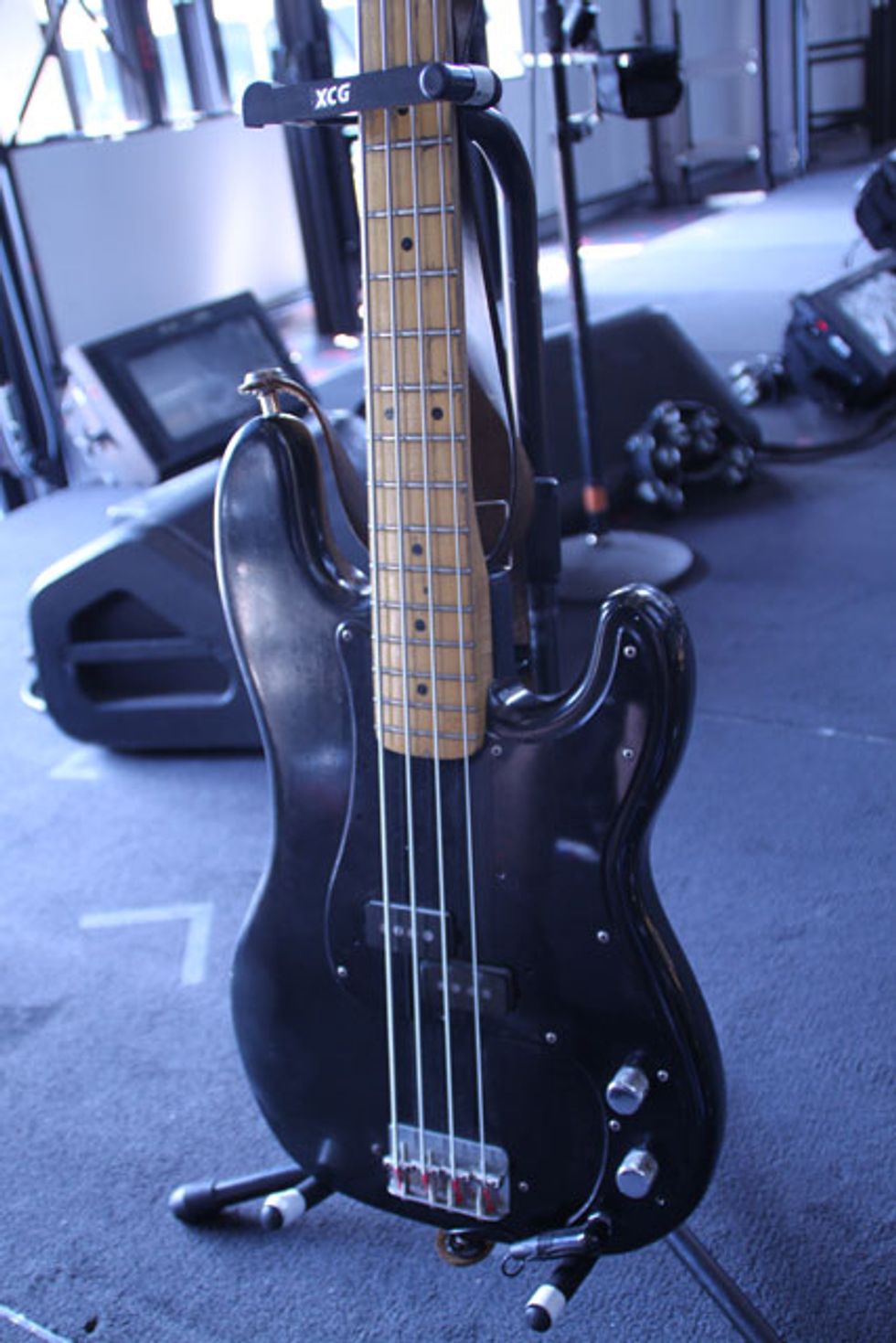
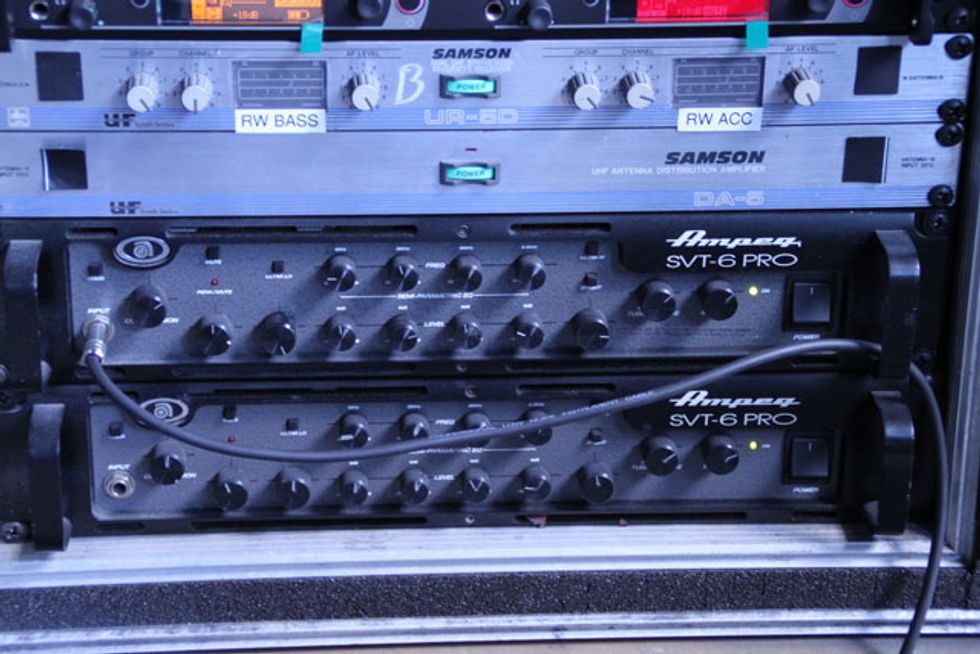
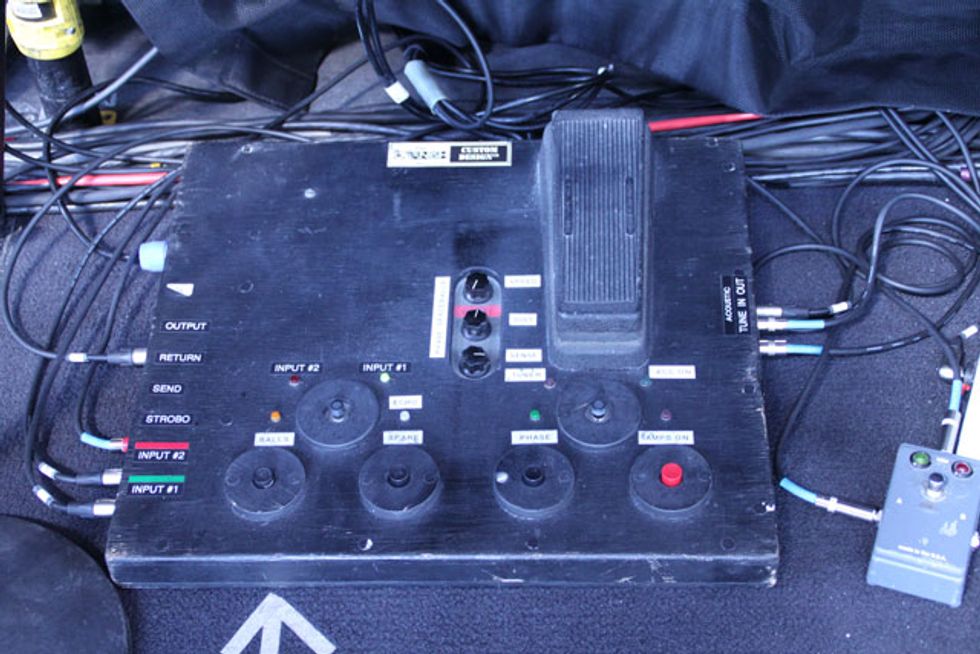
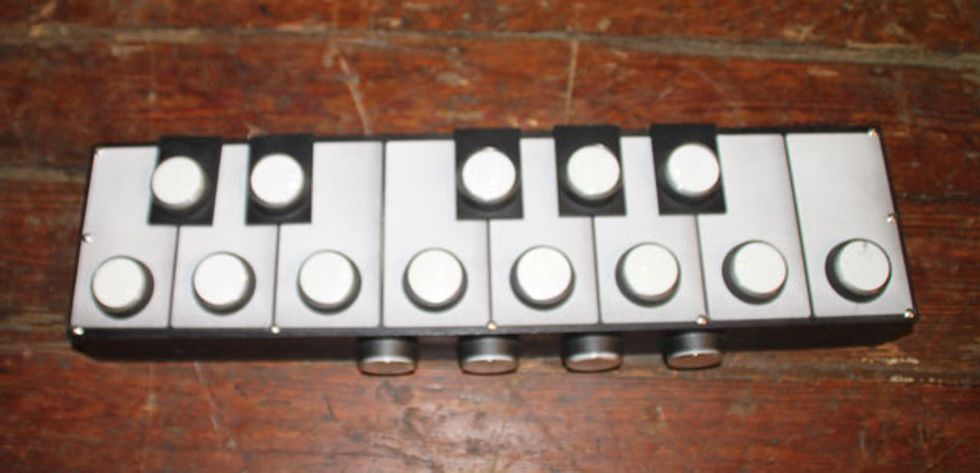
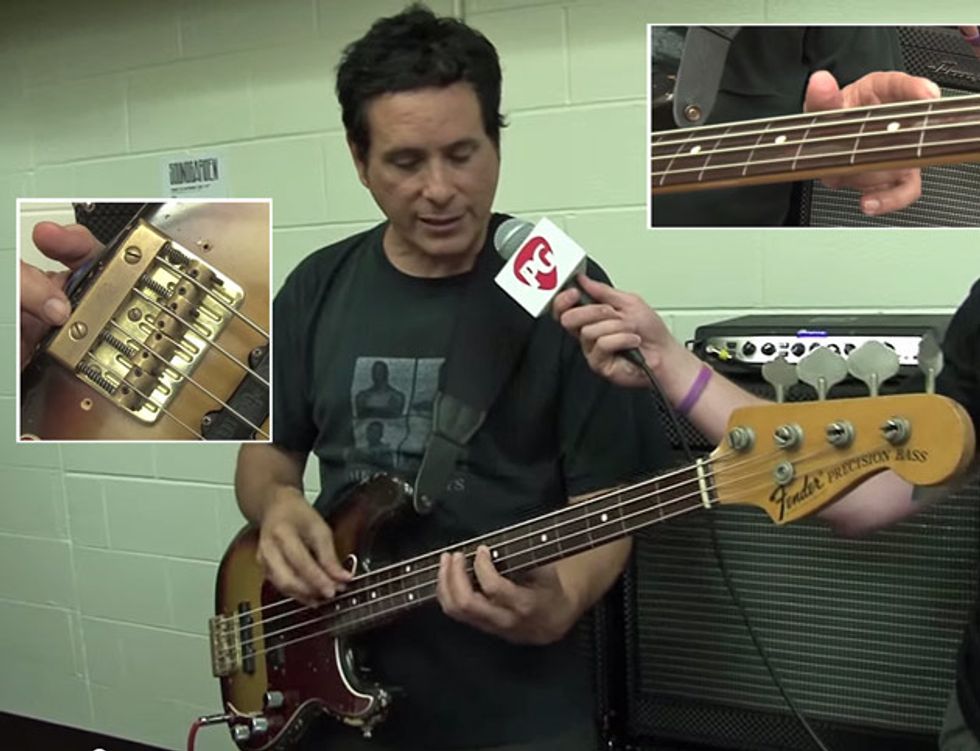
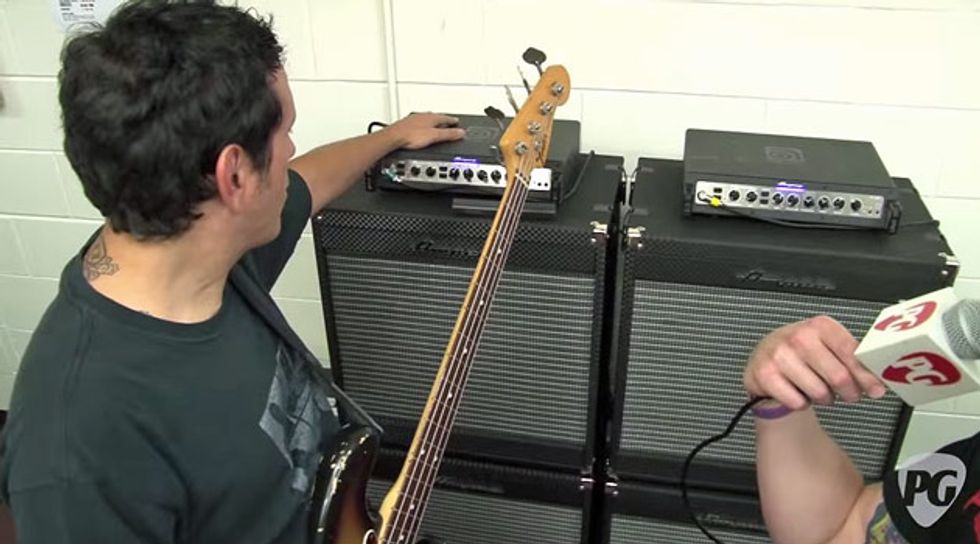
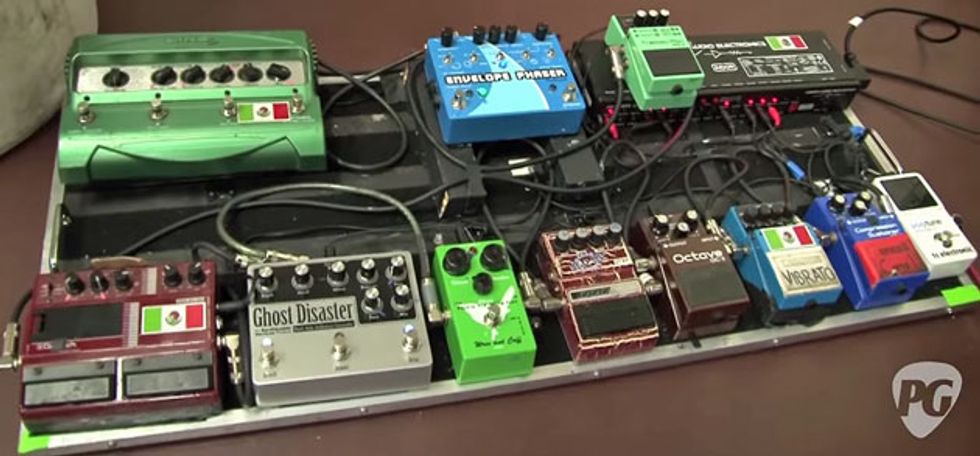
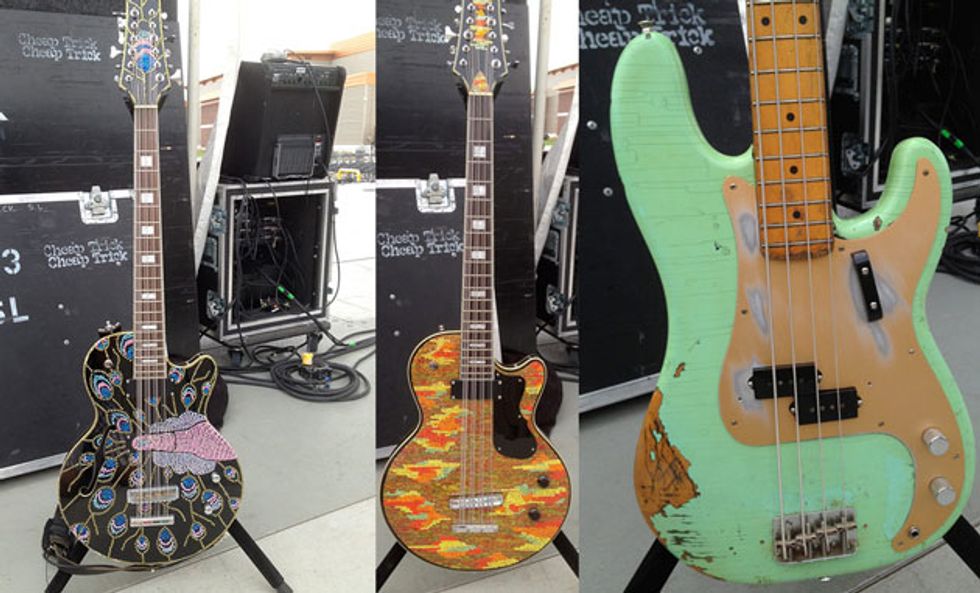
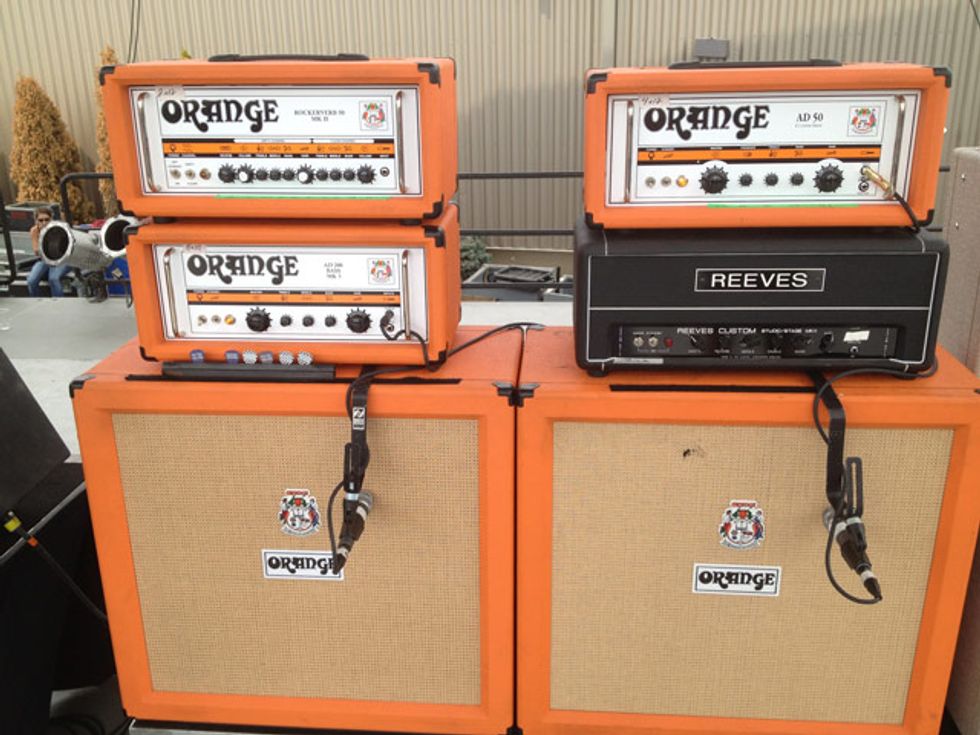




![Rig Rundown: AFI [2025]](https://www.premierguitar.com/media-library/youtube.jpg?id=62064741&width=1245&height=700&quality=70&coordinates=0%2C0%2C0%2C0)












 Shop Scott's Rig
Shop Scott's Rig

![Rig Rundown: Russian Circles’ Mike Sullivan [2025]](https://www.premierguitar.com/media-library/youtube.jpg?id=62303631&width=1245&height=700&quality=70&coordinates=0%2C0%2C0%2C0)













































